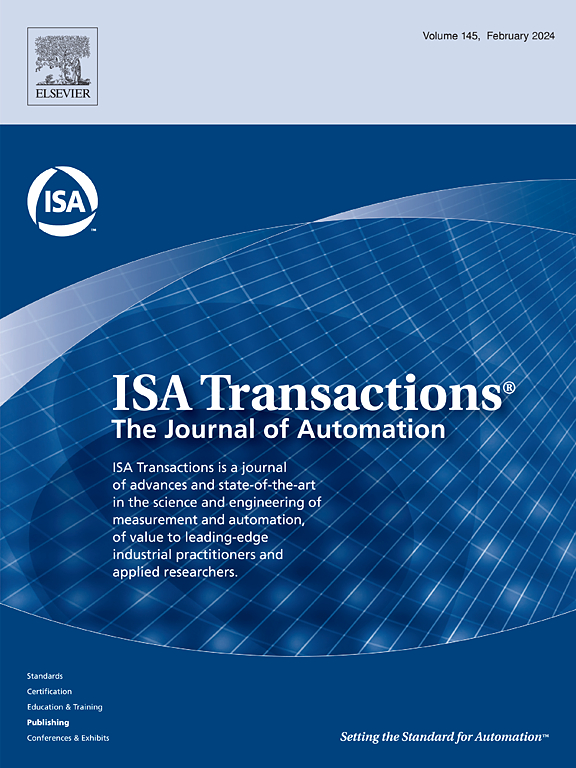基于强化学习的窄水域无人水面航行器轨迹跟踪优化控制。
IF 6.5
2区 计算机科学
Q1 AUTOMATION & CONTROL SYSTEMS
引用次数: 0
摘要
针对存在未知动力学和海洋环境干扰的狭窄水域无人水面航行器(usv),提出了一种基于强化学习(RL)的运动状态约束下无人水面航行器轨迹跟踪最优控制方案。引入非线性映射将受限运动状态误差转化为有界的变换误差,进而将usv运动状态约束轨迹跟踪问题等效转化为变换误差的有界性问题。此外,利用自适应神经网络(NNs)开发了一个行动者批评框架。在行动者-评论家框架内,结合梯度下降法和并行学习技术,设计了一种新的评论家神经网络权重更新规律,从而放宽了自适应评论家神经网络权重更新所需的持续激励条件。随后,设计了扰动补偿器,并将其与actor-critic框架相结合,学习了存在未知动态和扰动情况下无人潜航器的轨迹跟踪最优控制律。最后,理论分析证明,所提出的控制方案保证了水下无人艇闭环轨迹跟踪控制系统中所有信号的有界性,仿真结果表明,所提出的控制方案能使水下无人艇在狭窄水域跟踪所需轨迹,同时与现有控制器相比,能耗降低约14.6 %。本文章由计算机程序翻译,如有差异,请以英文原文为准。
Reinforcement learning-based trajectory tracking optimal control of unmanned surface vehicles in narrow water areas
For unmanned surface vehicles (USVs) navigating in narrow water areas in the presence of unknown dynamics and ocean environmental disturbances, this paper develops a reinforcement learning (RL)-based optimal control scheme for the trajectory tracking of USVs under motion state constraints. A nonlinear map is introduced to transform constrained motion state errors into bounded transformed errors, and then the motion state-constrained trajectory tracking problem of USVs is equivalently transformed into a boundedness problem of the transformed errors. Furthermore, an actor-critic framework is developed by utilizing adaptive neural networks (NNs). Within the actor-critic framework, a novel weight update law is designed for the critic NN by combining the gradient descent approach and the concurrent learning technology, thereby relaxing the persistent excitation condition required for adaptive critic NN weight updates. Subsequently, a disturbance compensator is designed and combined with the actor-critic framework to learn the trajectory tracking optimal control law for USVs in the presence of unknown dynamics and disturbances. Finally, theoretical analyses prove that the developed control scheme guarantees the boundedness of all signals in the USV closed-loop trajectory tracking control system, and simulation results show that the developed control scheme can make USVs track the desired trajectory in narrow water areas while reducing the energy consumption by approximately 14.6 % compared with an existing controller.
求助全文
通过发布文献求助,成功后即可免费获取论文全文。
去求助
来源期刊

ISA transactions
工程技术-工程:综合
CiteScore
11.70
自引率
12.30%
发文量
824
审稿时长
4.4 months
期刊介绍:
ISA Transactions serves as a platform for showcasing advancements in measurement and automation, catering to both industrial practitioners and applied researchers. It covers a wide array of topics within measurement, including sensors, signal processing, data analysis, and fault detection, supported by techniques such as artificial intelligence and communication systems. Automation topics encompass control strategies, modelling, system reliability, and maintenance, alongside optimization and human-machine interaction. The journal targets research and development professionals in control systems, process instrumentation, and automation from academia and industry.
 求助内容:
求助内容: 应助结果提醒方式:
应助结果提醒方式:


